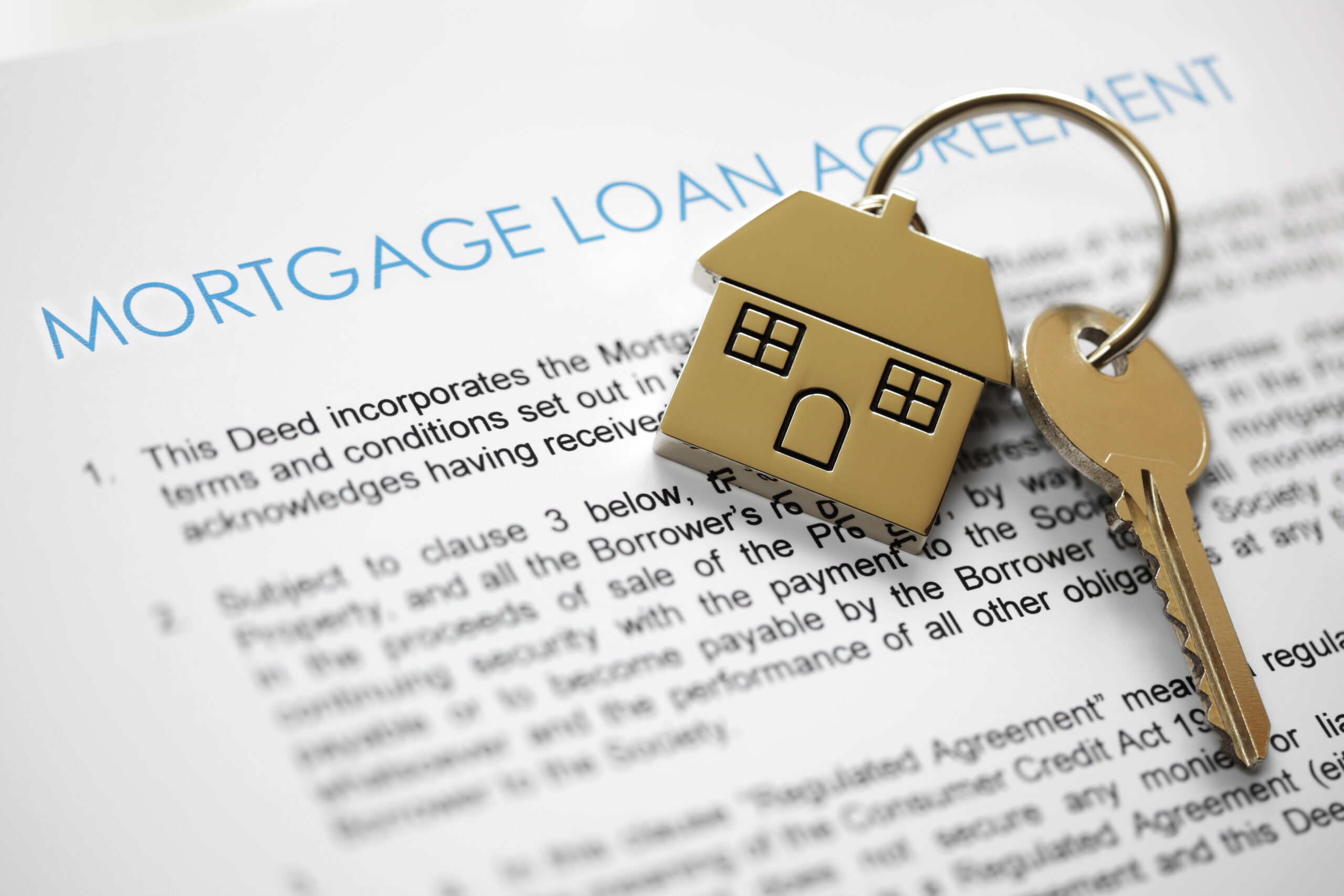PITI – What is it and How Does it Affect your Loan Approval?

Shopping for a mortgage means you’ll hear many terms and acronyms. Some make sense, like a down payment, and others, like PITI, may make your head spin.
Just what is PITI and how is it calculated?
PITI Defined
PITI stands for principal, interest, taxes, and insurance. It’s your entire mortgage payment wrapped into one total.
The principal is the amount you borrowed. For example, if you need $200,000 to buy a home, that’s your principal. The lender amortizes the principal over the loan’s term, such as 15 or 30 years.
The interest is the lender’s charge for lending you the money. You’ll see it as a percentage, such as 3.5%, but it translates into a fee on your monthly mortgage payment. Looking at your Loan Estimate, you’ll see the interest charges.
Taxes are the real estate taxes charged by your county to own the home. Ask your real estate agent the estimated tax cost before you buy the home. Most lenders require you to pay 1/12th of this amount each month with your mortgage payment, which they keep in an escrow account and pay the taxes for you before they’re due.
Insurance can mean two things:
- Homeowners insurance, which all lenders require. It may cost as much as 0.25 – 0.50 of your home’s value. You’ll pay 1/12th of the annual amount each month and lenders will pay the premium before it’s due.
- Mortgage insurance, if your loan requires it. All government-backed loans have mortgage insurance (except VA loans) and conventional loans require it if you put down less than 20%.
How Does PITI Affect your Chances of Approval?
Your PITI affects your debt-to-income ratio, which affects your chances of approval. Next to your credit score, your DTI is the next most important factor.
Your debt-to-income ratio tells lenders how much of your monthly income you already committed. Most loans have a maximum DTI of 43%. This means your monthly debts plus the new mortgage payment can’t take up more than 43% of your gross monthly income (income before taxes).
If the PITI makes your DTI too high, you have a few options:
- Find a way to pay your other debts down. If you can pay off a credit card or personal loan, this may lower your DTI enough.
- Make a larger down payment. The larger down payment will lower your principal and interest payment.
- Find a less expensive home. If you can’t make it work, you may need to look for a different home.
PITI is an important term when you’re looking at loans. It’s the total cost of the loan for the next 30 years. While it may change slightly (even with a fixed rate) because your taxes and insurance amounts may change, it’s a good way to budget now and in the future as your mortgage payment will last for the next 15 to 30 years.